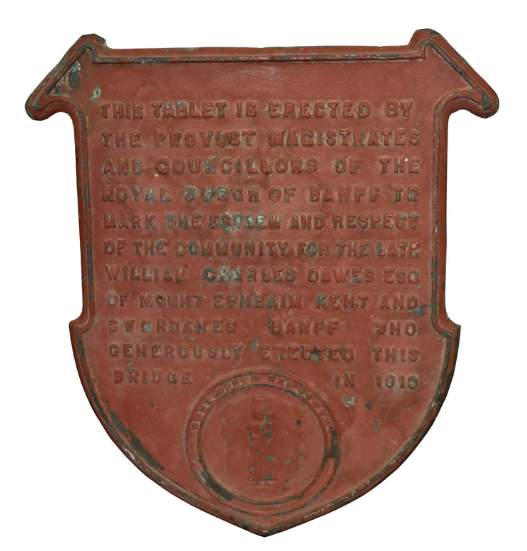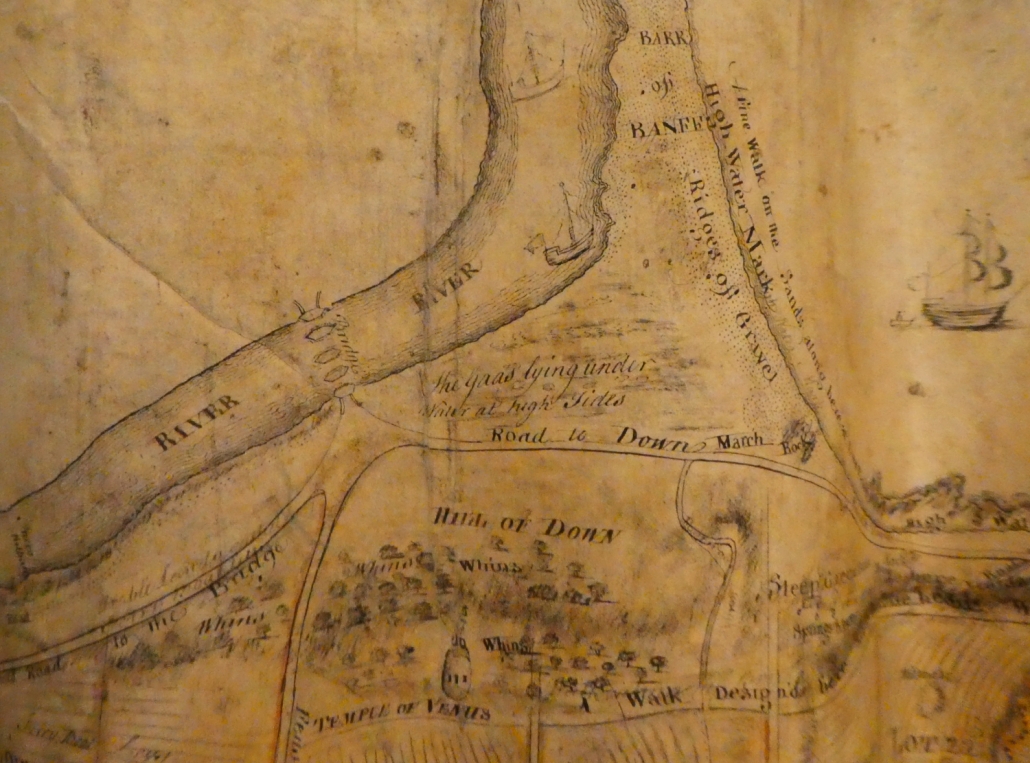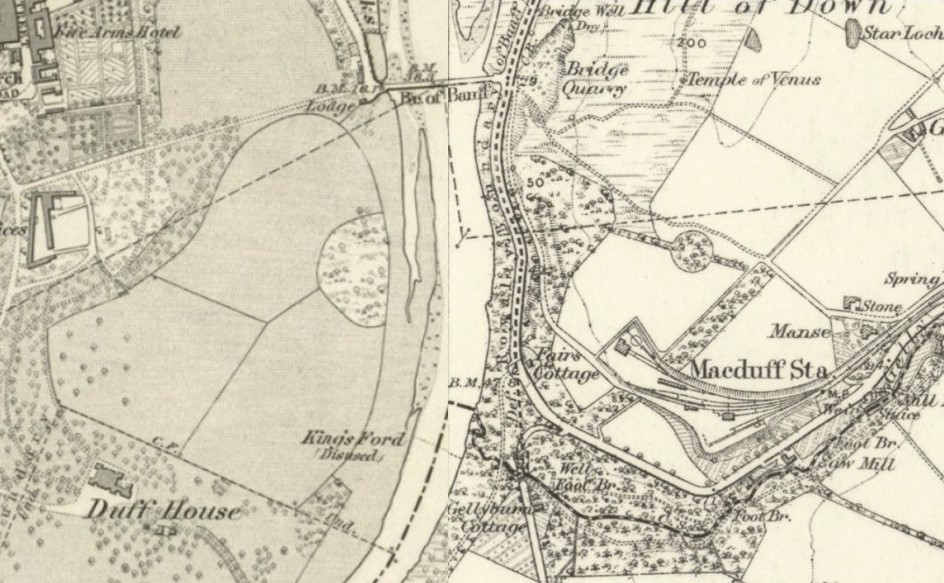William Charles Dawes (1865 – 1920): there is tantalizingly little that can be said with surety about this man. Born in Surbiton, Surrey as the eldest son of four boys to Sir Edwin Sandy Dawes, a ship owner knighted for his contributions to the shipping industry and founder of the ‘Dawes Dynasty’, he will no doubt have had a privileged upbringing and enjoyed the fruits of his father’s labors. Foremost being life at Mount Ephraim, which are now ten-acre gardens open to the public. Picture, if you will, what a delightful childhood that must have been. Consider your own, and the times in which you found yourself playing in your garden, and then transport your younger self into acres of private land characterized by their topiary, arboretum, water and rose gardens. One must wonder at the adventures these four lads undertook on hot summer days and the joy it brought them.
Why did he dedicate a bridge so far north? To proffer a concrete answer would be speculative, but one fact that bears pointing out is that he was married to a woman called Jane Margaret Dawes nee Simpson, and that she was born 1st of september 1869 in Inverboyndie Banff.
It may be a forgivable leap, especially for romantics among us, to suggest it was for his wife’s sake. Anything more than that with so little information on the man available and we would be venturing into conjecture, however. Perhaps the most important thing we can say about him that is not conjectural, is that he was of a noble spirit, as clearly demonstrated by his willingness to pay for the construction of a bridge at Inverboyndie at all.
He died 20th of July, 1920 (19 days after his brother, second youngest, Col. Bethel Martyn Dawes) and is buried in the churchyard of St Michael, Hernhill, Kent, England; thirty-three years later, at the age of 84, his wife was reunited with him in eternal rest.

 BPHS
BPHS
